Air Duster Withdrawal Symptoms and Detox Help
GET HELP TODAY!
100% Confidentiality Guaranteed
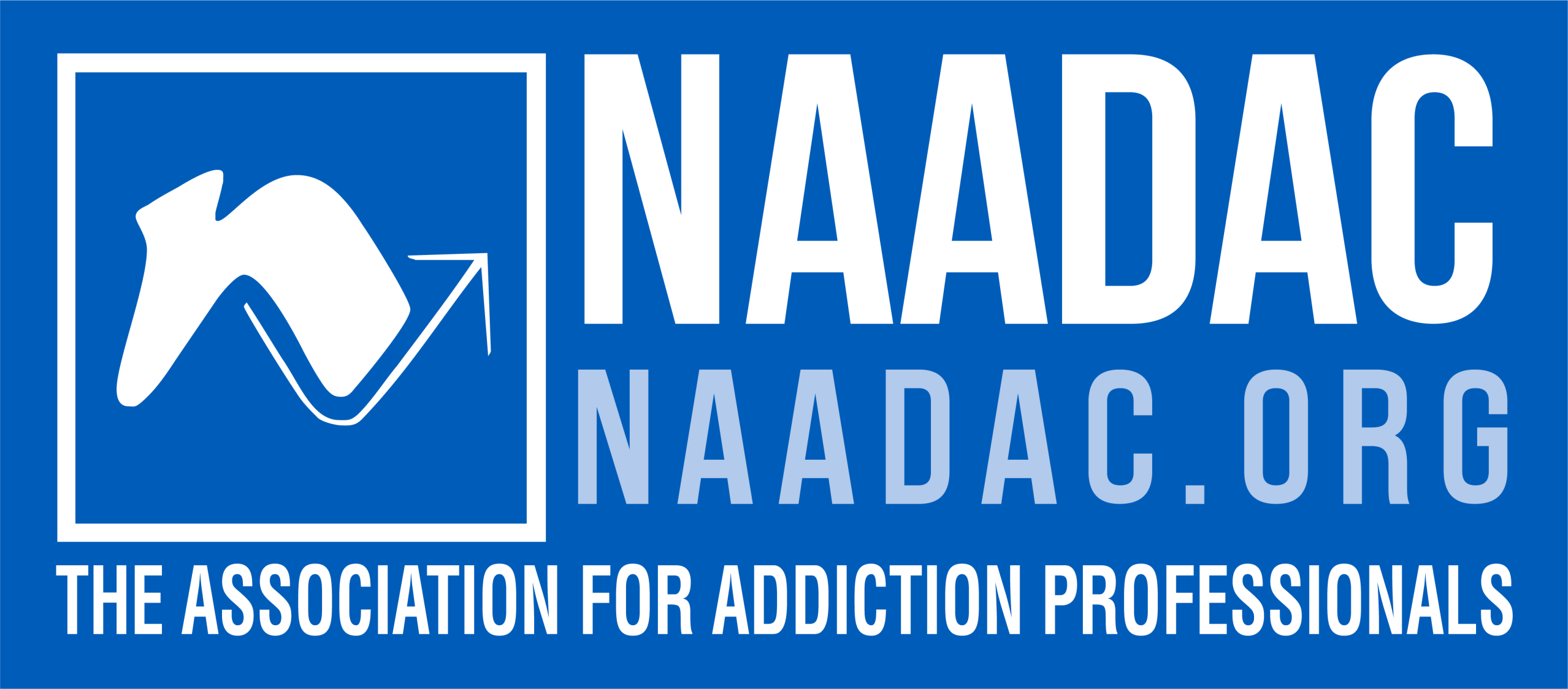
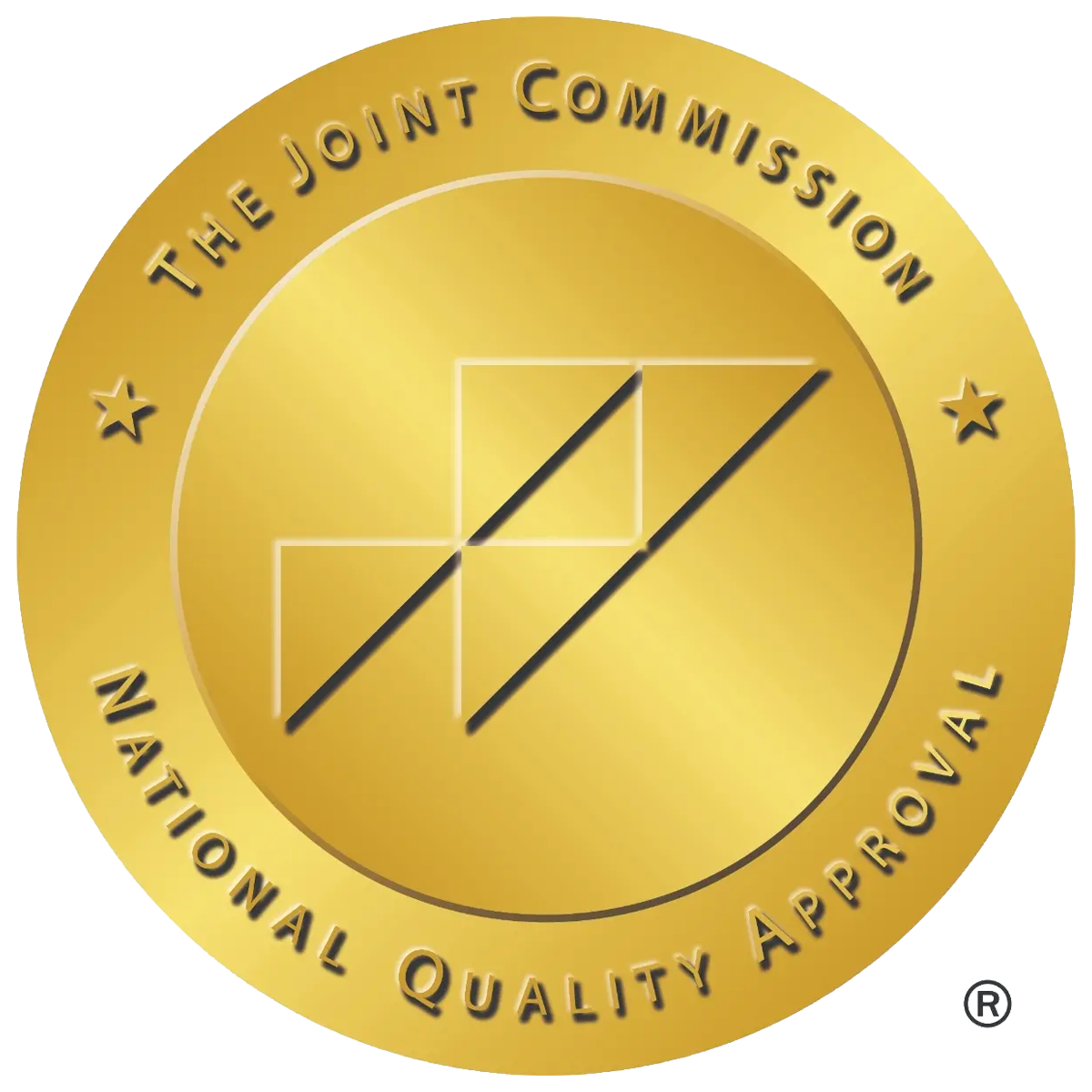
Last Updated: 9/16/2025
Drug Information
Brand / names: Air Duster, canned air and gas duster
Drug class: inhalant
About the Author
Site Admin
Disclaimer:
The information on this page is provided for educational purposes only and is not intended as medical advice, diagnosis, or treatment. Air duster abuse and inhalant use can be life-threatening. If you or someone you know is experiencing a medical emergency, call 911 immediately. Always seek the advice of a qualified healthcare professional with any questions you may have regarding a medical condition or substance use. Nova Recovery Center does not endorse or recommend the misuse of any substances. Treatment outcomes may vary depending on individual circumstances.
Key facts
- Most “air dusters” contain difluoroethane (DFE, HFC‑152a)—not air. Inhaling it can trigger fatal heart rhythm problems within minutes (also called sudden sniffing death).
- From 2006–2020, U.S. consumer‑product data recorded 1,126 deaths linked to intentional aerosol‑duster abuse.
- <1% of people ages 12+ used inhalants in the past year (2023), but about 4% of 8th‑graders report use—showing a youth‑skewed risk.
- Routine drug screens don’t detect DFE; specialized testing is needed and detection windows are short.
- If someone is unconscious, seizing, or struggling to breathe, call 911 (or Poison Control 1‑800‑222‑1222) immediately.
Table of Contents
Air dusters—also known as compressed air cans—are used for cleaning electronics, but when misused, they pose serious health risks. Huffing these cans exposes users to toxic chemicals like difluoroethane. Though the high is short-lived, the consequences can be long-lasting. At Nova Recovery Center, we help individuals struggling with air duster addiction find a safe, structured path to long term recovery.
What Is Air Duster Abuse?
Air duster is a household product containing compressed gas. While intended for cleaning electronics, it’s sometimes inhaled to produce a euphoric high. This behavior is classified as substance abuse and is extremely dangerous.
Misuse may lead to brain damage, heart problems, or even death. Users often huff repeatedly over hours to prolong the high, increasing the likelihood of severe outcomes and mental health conditions.
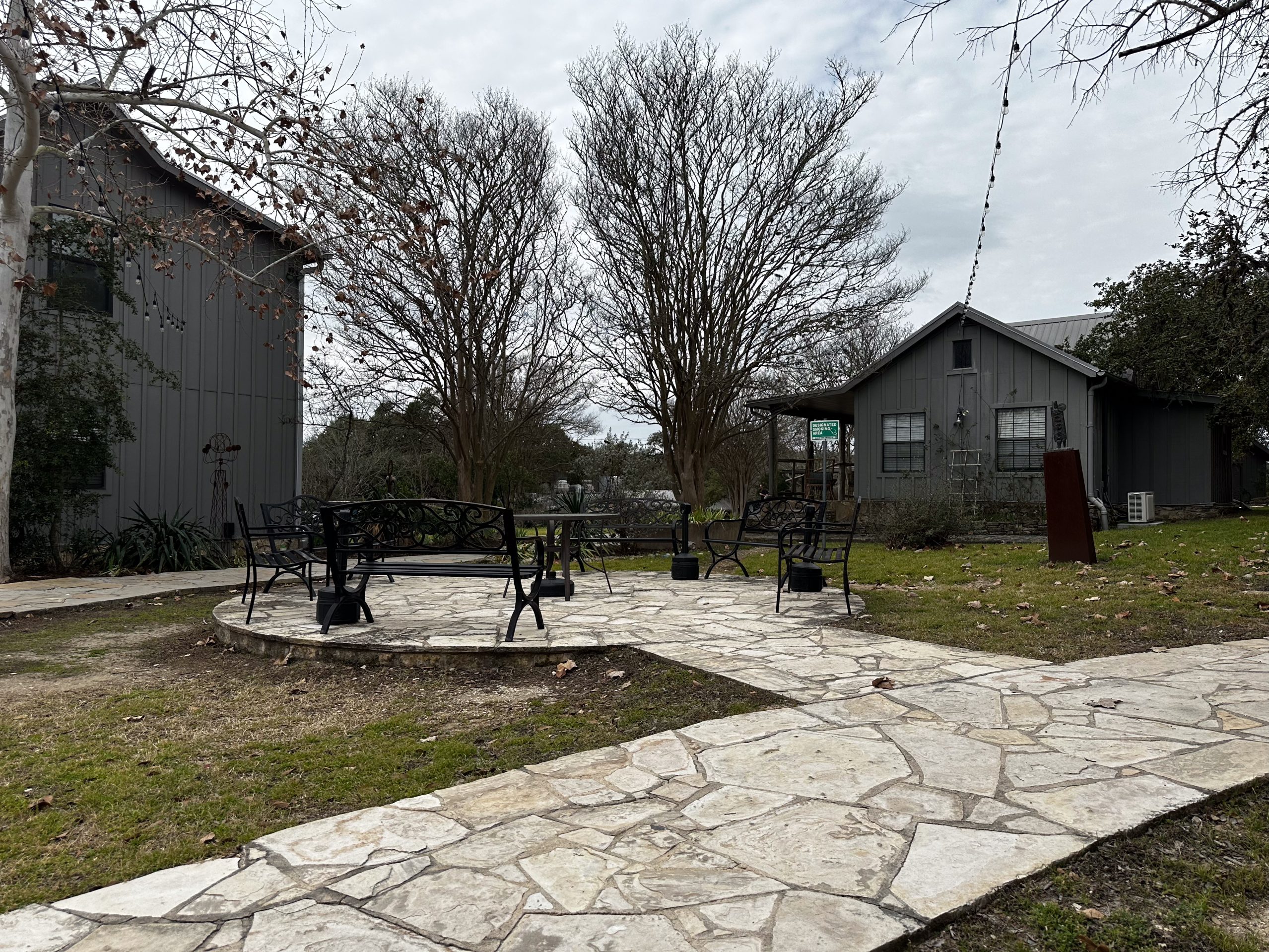
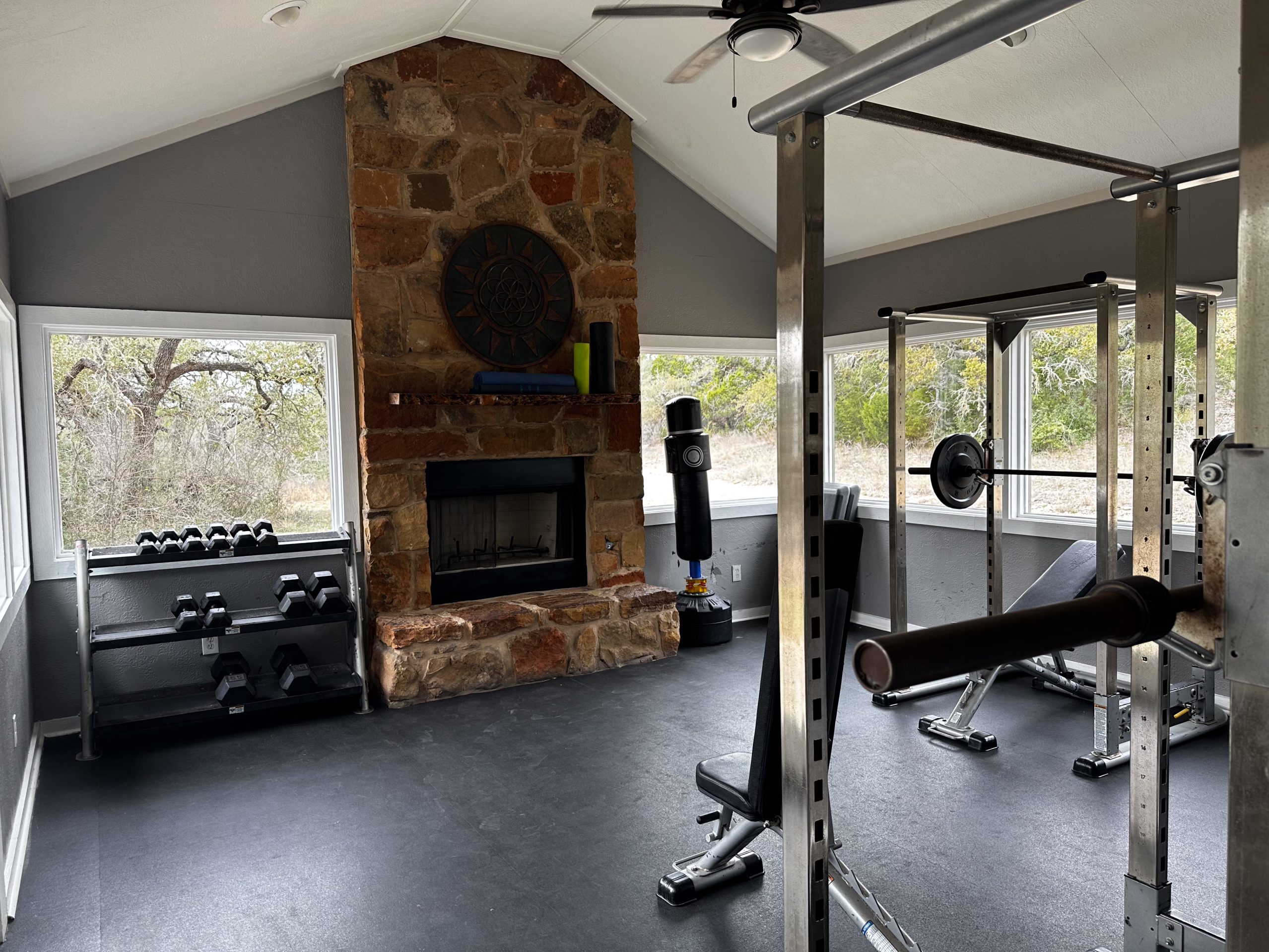
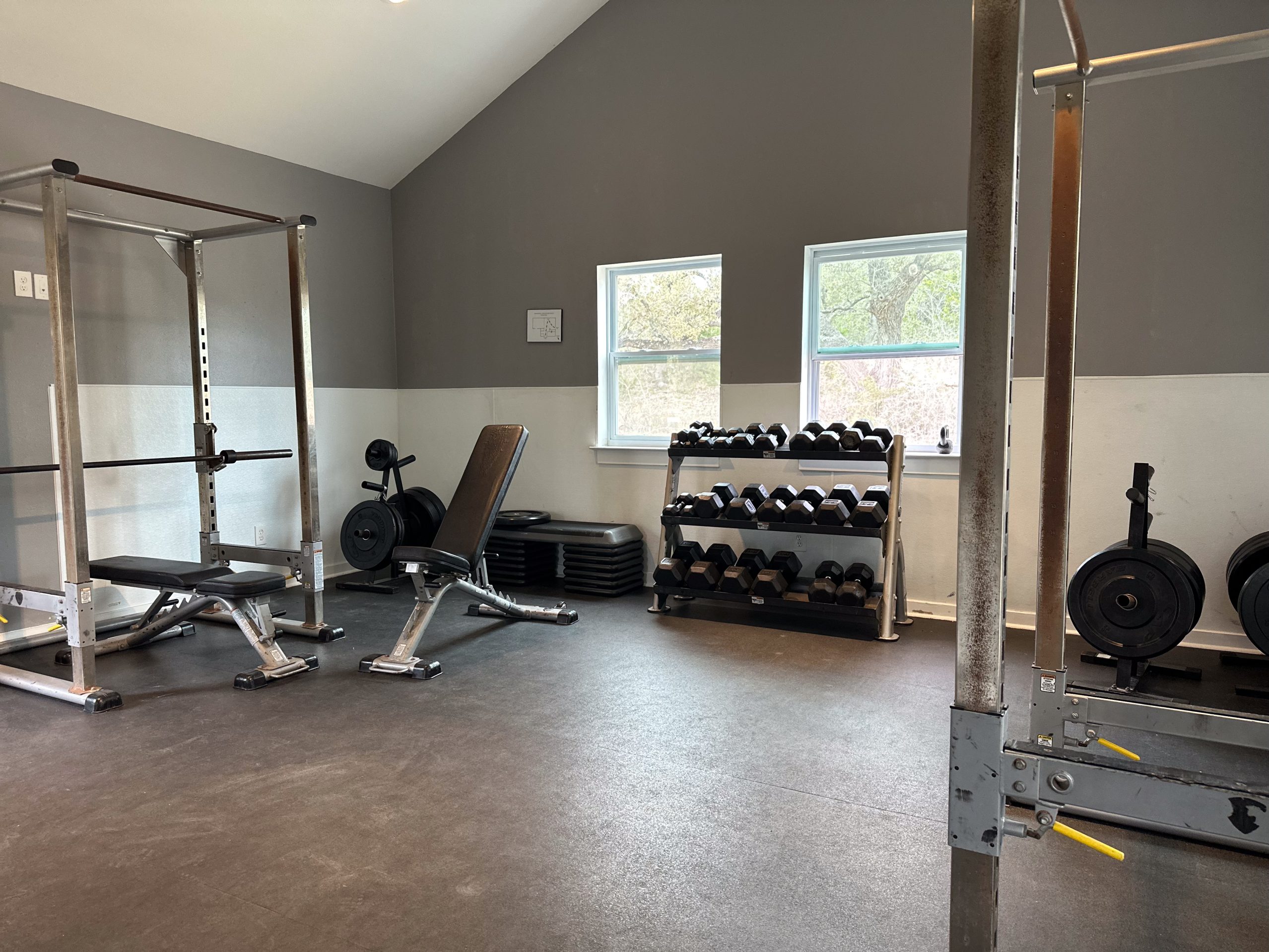

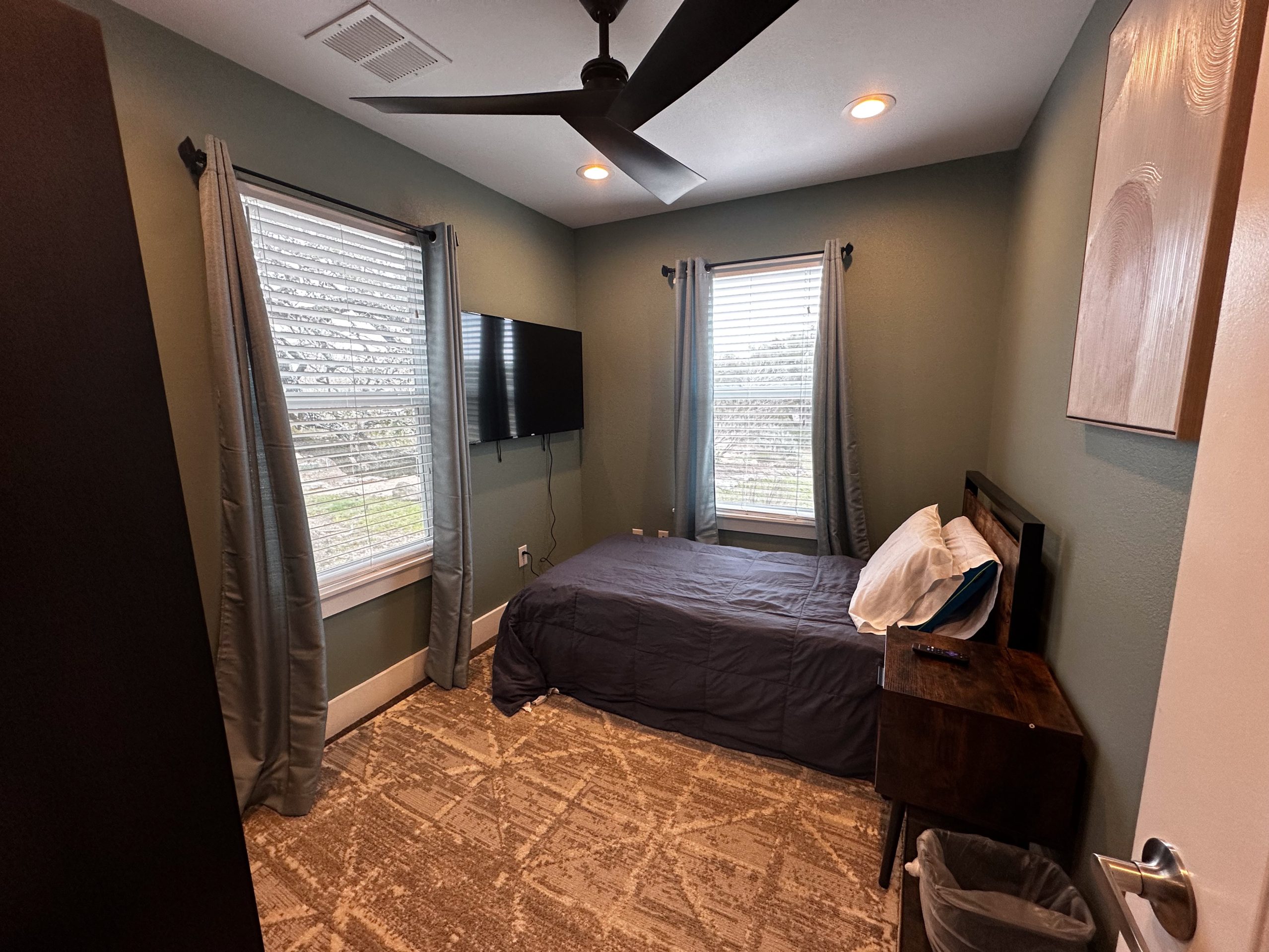
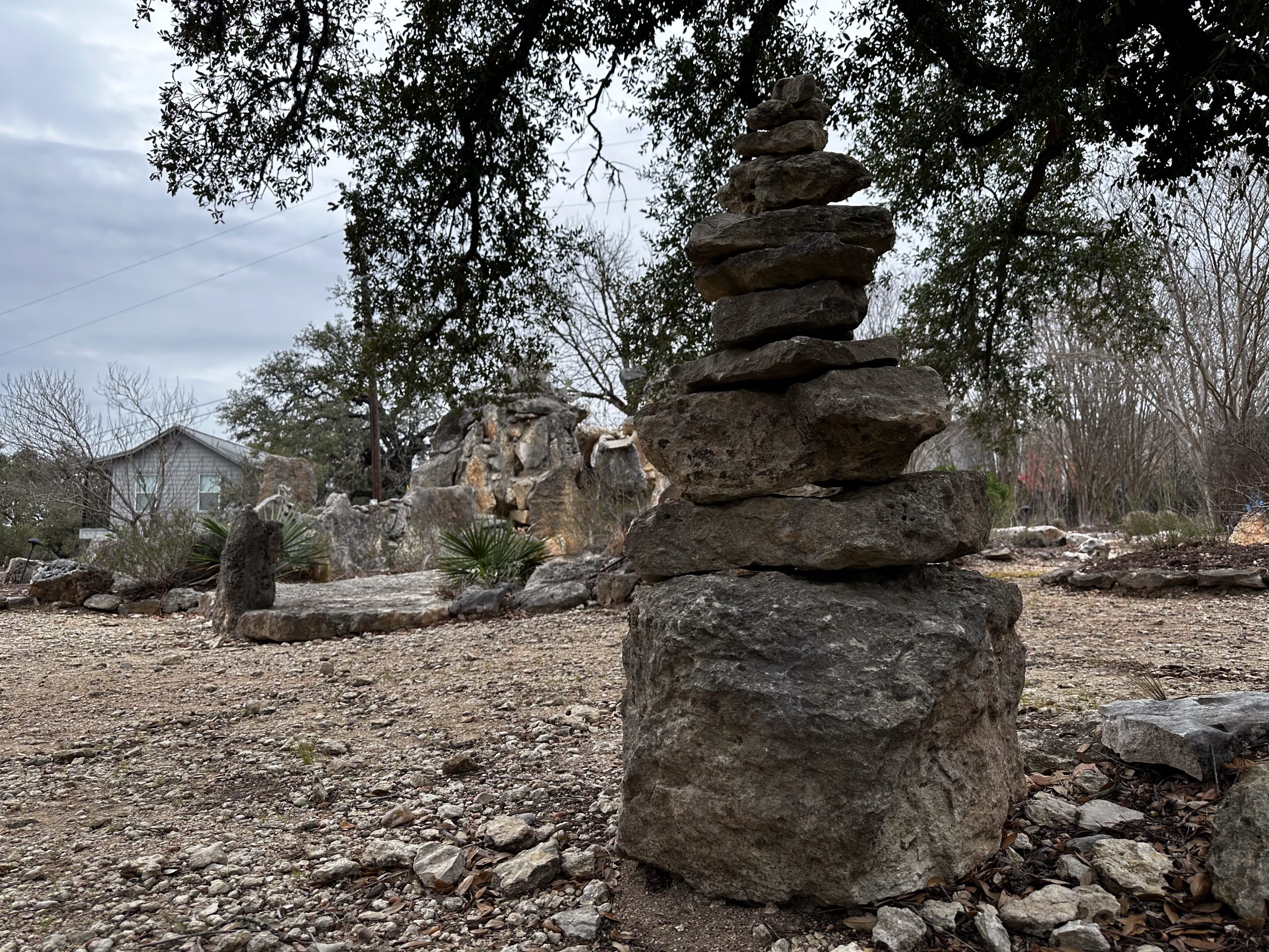
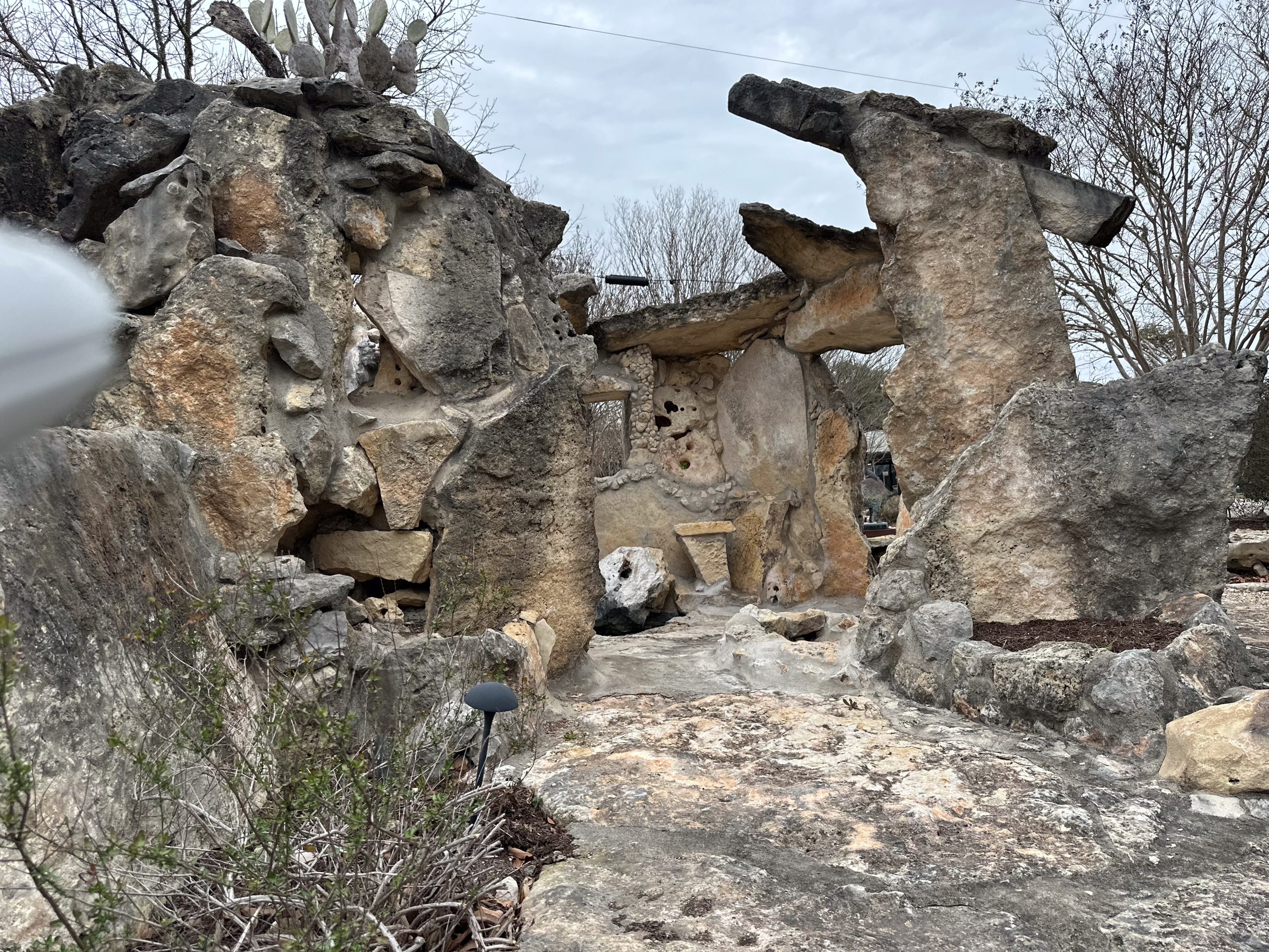



Why the High Happens
When inhaled, DFE displaces oxygen in the lungs and acts as a central nervous system depressant. The abrupt drop in oxygen and direct cardiac effects can cause euphoria or disorientation—but also arrhythmias, seizures, and cardiac arrest.
How long does an air‑duster high last?
The high is brief (minutes), so people may inhale repeatedly over hours to maintain effects—raising the risk of SSD, hypoxia, and injuries.
Slang Terms for Air Duster Use
Common slang for air duster includes:
- Dusting
- Huffing
- Wha wha’s
- Brain duster
- Bagging
- Can of sunshine
How Widespread Is Air Duster Misuse?
According to the National Survey on Drug Use and Health, around 2 million Americans aged 12 or older misuse inhalants each year. Though teens are at higher risk, adults also engage in this behavior. Emergency department data confirms the growing public health concern. This misuse often coexists with other mental health issues and can escalate without proper intervention.
Some individuals with substance use disorders may use air duster and then progress to illicit drugs like cocaine or methamphetamine. This progression highlights the gateway potential of inhalants.
How common is air‑duster misuse?
In 2023, <1% of U.S. residents ages 12+ reported past‑year inhalant use; about 4% of 8th‑graders reported use—highlighting early adolescent vulnerability.
Signs someone may be huffing dusters
- Empty aerosol cans; chemical‑soaked rags or plastic bags
- Chemical odor on breath/clothing; rashes or frostbite on face
- Sudden mood swings, secrecy, declining grades/work performance
- Slurred speech, poor coordination, frequent headaches or nosebleeds
Overdose & first aid
Call 911 if the person is unresponsive, seizing, or not breathing normally. Keep them calm, avoid confrontation (stress can worsen arrhythmias), and don’t leave them alone. Poison Control is available at 1‑800‑222‑1222 for immediate guidance.
Why Do People Abuse Air Duster?
Air duster is cheap, legal, and accessible—making it attractive to people looking for an easy high. However, the legal status of these products masks the high risk associated with misuse, especially for those with a family history of drug abuse or untreated mental illnesses.
Many young people experiment with inhalants due to curiosity, peer pressure, or emotional struggles. Over time, occasional use can lead to psychological dependency and more severe patterns of drug abuse.
Effects of Air Duster Abuse
Short-Term Effects
- Hallucinations
- Dizziness
- Slurred speech
- Confusion
- Tingling limbs
- Sudden sniffing death
- Aggression
- Nausea
- Headaches
- Delayed reflexes
Long-Term Effects
- Brain damage
- Mood disorders
- Hearing loss
- Heart and lung issues
- Bone marrow damage
- Cardiac arrhythmias
- Death from suffocation or injuries while intoxicated
Does air duster show up on a drug test?
Usually not. DFE is not included in standard workplace or rehab panels. Specialized testing can detect it for only a short window after exposure. Don’t rely on urine tests to rule out use.
Is it illegal? Why are some sales 21+?
States and retailers increasingly restrict sales (e.g., 21+ labeling/warnings) to deter teen access. Always follow local laws and warning labels.
Air Duster Withdrawal Symptoms
When someone dependent on air duster stops using it, they may experience withdrawal symptoms. These vary depending on duration and frequency of use and medical conditions.
Common Symptoms
- Insomnia
- Mood swings
- Nausea
- Loss of appetite
- Sweating
- Irritability
Due to these risks, detoxing under medical supervision is recommended. A medically assisted program ensures a safe environment with appropriate medical assistance and medication management when necessary.
Withdrawal: what to expect
Stopping after prolonged use may trigger irritability, anxiety, insomnia, nausea, sweating, and cravings. Because of cardiac risks, medically supervised detox is recommended.
Treatment Plan and Rehab Options
Detox is the first step toward recovery. At Nova Recovery Center, we offer comprehensive treatment plans that include inpatient drug rehab, outpatient rehab, and support services for long term recovery.
In inpatient settings, clients live on-site and follow a structured schedule, including:
- Group therapy
- Cognitive behavioral therapy CBT
- Individual counseling
- Relapse prevention
- Mental health treatment
- Recreational and holistic therapy
- Family involvement sessions
This level of care is ideal for individuals needing constant supervision and medical care.
Outpatient programs IOP allow clients to live at home while attending scheduled therapy. These programs are designed for those transitioning from inpatient care or managing less severe cases.
Services may include:
- Education on mental health disorders
- Peer-led support groups
- Therapy sessions
- Family and friends workshops
- Continued relapse prevention
Freedom Starts Here. Take Back Your Life Today.
Same-Day Admissions in Austin Available.
Intensive Outpatient Program (IOP) Benefits
Our intensive outpatient programs IOP provide structure and flexibility. An IOP combines group therapy, evidence-based practices, and personalized care to support each client’s unique recovery path.
Key elements include:
- A wide range of therapies
- Flexible schedules
- Medical care access
- Peer support
- Program offers tailored goals
- Reinforcement of behavioral tools learned in detox and residential treatment
Clients often report increased confidence and autonomy after participating in an IOP, which helps prevent relapse and sustain term recovery.
Family Support in Recovery
Support from family members plays a critical role in successful recovery. At Nova, we provide workshops to help loved ones understand the addiction process, mental health issues, and how to support recovery effectively.
Family therapy also addresses the emotional wounds caused by addiction and promotes healthier communication strategies.
Sober Living and Aftercare Support
Recovery continues after treatment. Sober living homes and aftercare programs provide ongoing support, especially during early sobriety.
Sober Living
These homes offer:
- A safe, drug-free environment
- Peer mentorship
- Drug testing
- Job assistance
- Educational support
Sober homes help reinforce habits and values learned in rehab while encouraging independence and accountability.
Aftercare Programs
Aftercare includes:
- Weekly group counseling
- Continued therapy
- Support for transitions like relocating or loss
- Tools for maintaining sobriety
These services address long-term recovery and relapse prevention through structured support systems.
More Time. More Joy. More You. Start Now.
WE ACCEPT MOST INSURANCES







Cost and Payment Options
Cost should never prevent access to treatment. Nova Recovery Center accepts health insurance and offers multiple payment options, including:
- Credit cards
- Employee Assistance Programs (EAP)
- HSA funds
- Financing plans
We work with clients to reduce financial barriers to recovery and help them receive treatment without added stress.
Guidance for parents & loved ones
- Learn the signs and secure/limit access to aerosol products.
- If your child appears intoxicated: stay calm, ensure fresh air, and call 911 if symptoms are severe.
- Have a non‑judgmental conversation and connect to evidence‑based treatment.
A Path to Healing Starts Here
Air duster addiction may seem unusual, but it carries serious consequences. With the right treatment option, individuals can build lasting recovery. Nova Recovery Center offers tailored care with a focus on both addiction and co-occurring mental health conditions. Whether you’re seeking inpatient rehab and outpatient rehab or sober living, aftercare, we are here to help.
If you or someone you love is experiencing the effects of air duster abuse, call Nova Recovery Center at (512) 605-2955 to begin the recovery process.
Treatment at Nova Recovery Center
Recovery is possible. We provide a full continuum:
- Medical detox for safe stabilization
- Inpatient rehab (structured therapy, CBT, relapse‑prevention, peer support)
- Intensive Outpatient Program (IOP) & Outpatient for flexible step‑down care
- Sober living & aftercare to reinforce habits and accountability
Same‑day admissions may be available. Call (512) 605‑2955 for confidential help.
Air Duster Abuse FAQs: Risks, Testing, and Safety Concerns
Does air duster show up in a drug test?
Air duster (compressed air cans containing difluoroethane or hydrofluorocarbons) is not typically detected in standard drug tests. However, specialized toxicology screenings may identify inhalant exposure if specifically tested for.
What happens if compressed air gets in your mouth?
Spraying compressed air into the mouth can cause frostbite of oral tissues, suffocation, and toxic effects from inhalant chemicals. It can also lead to immediate health emergencies such as loss of consciousness or sudden sniffing death.
Why do you need to be 21 to buy compressed air?
Many states restrict the sale of compressed air products to those 21 and older to reduce inhalant abuse among teens, since huffing is a common form of misuse that can cause brain damage, mood disorders, and even death.
What happens if you breathe in difluoroethane?
Inhaling difluoroethane, a common propellant in air duster cans, can cause dizziness, hallucinations, confusion, irregular heartbeat, cardiac arrest, and long-term brain and organ damage.
What products have difluoroethane?
Difluoroethane is found in many canned air or “duster” products used for cleaning electronics. It may also appear in other compressed gas products marketed for industrial or household use.
What is difluoroethane found in?
Besides air duster cans, difluoroethane is commonly present in refrigerants and some aerosol propellants. Its easy accessibility is one reason it is misused as an inhalant.
What is the slang word for huffing?
Common slang for air duster inhalant use includes “huffing,” “dusting,” “bagging,” “brain duster,” “can of sunshine,” and “wha wha’s.”
Is constant sniffing bad for you?
Yes. Chronic inhalant use can cause irreversible brain damage, bone marrow suppression, mood disorders, hearing loss, and heart or lung damage. Repeated sniffing increases the risk of sudden sniffing death.
Are hydrofluorocarbons harmful to humans?
Yes. Hydrofluorocarbons (HFCs) can displace oxygen in the lungs, leading to suffocation. Abuse may cause hallucinations, confusion, seizures, cardiac arrhythmias, and death.
What products contain hydrofluorocarbons?
Hydrofluorocarbons are found in refrigerants, air conditioning systems, foaming agents, and compressed gas products like canned air dusters.
Why were HFCs banned?
HFCs are being phased out because of their high global warming potential and environmental impact. However, they still appear in some consumer products, including air duster cans.
Does HFC still exist?
Yes. Although many countries are phasing out hydrofluorocarbons, HFCs remain in use globally in certain refrigerants and aerosol products, including some compressed air cans that pose health risks when misused.
Does air duster show up in a drug test?
Not on standard panels; short detection windows require specialized tests.
What happens if compressed air is sprayed into the mouth?
It can cause frostbite/thermal injury, airway damage, and life‑threatening complications—seek medical care.
Why do some stores require you to be 21 to buy it?
To reduce youth access and deter misuse; some states also require stronger warning labels.
How long does an air‑duster high last?
Usually minutes; repeated huffing raises the risks dramatically.
Is air duster addictive?
Inhalant use disorder can develop with repeated use, and people may experience withdrawal symptoms when stopping.
What are the most serious risks?
Sudden sniffing death, suffocation, severe brain/heart/liver/kidney damage, and traumatic injuries.
References
- NIDA. Inhalants. (updated 2024).
- Cleveland Clinic. Inhalant Use Disorder. (last reviewed 06/26/2024).
- Medical News Today. Air duster drug use. (updated 06/06/2025).
- MDPI (Pharmaceutics). DFE detection time after inhalation. (2020).
- TandF (2024). Thermal injury after huffing compressed air duster.
- CPSC Staff Memo. Aerosol duster abuse deaths (2006–2020).
- DEA. Inhalants factsheet.

